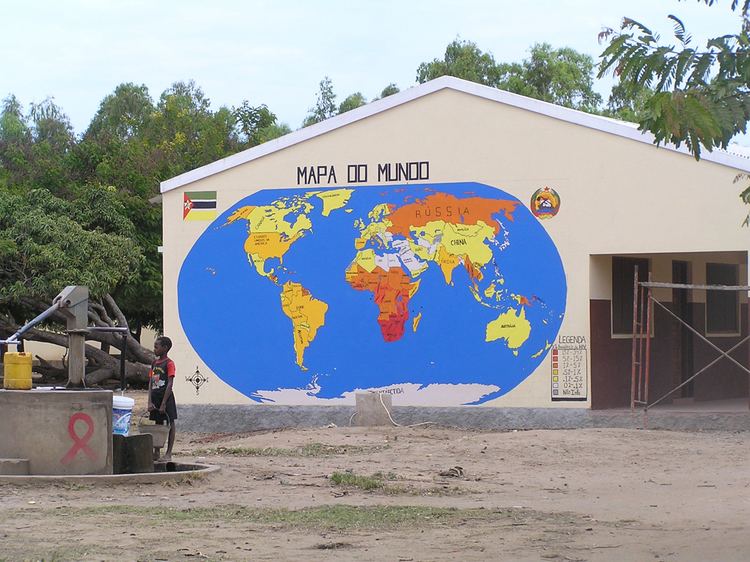Area 5,940 km² | Capital Machanga | |
 | ||
Machanga District is a district of Sofala Province in Mozambique. The principal town is Machanga. The district is located in the south of the province, and borders with Buzi District in the north, Mabote and Govuro Districts of Inhambane Province in the south, Machaze District of Manica Province in the west, and with Chibabava District in the northwest. In the east, the district is limited by the Indian Ocean. The area of the district is 5,940 square kilometres (2,290 sq mi). It has a population of 51,855 as of 2007.
Contents
- Map of Machanga Mozambique
- Geography
- History
- Demographics
- Administrative divisions
- Economy
- Agriculture
- Transportation
- References
Map of Machanga, Mozambique
Geography
The principal river in the district is the Save River, which separates it from Inhambane Province.
According to the Köppen climate classification, the climate of the district is tropical wet and dry (Aw), with the average annual rainfall varying between 870 millimetres (34 in) and 880 millimetres (35 in).
History
The district was established on 25 July 1986.
Demographics
As of 2005, 46% of the population of the district was younger than 15 years. 25% did speak Portuguese. The most common mothertongue is Cindau. 81% were analphabetic, mostly women.
Administrative divisions
The district is divided into three postos, Machanga (one locality), Divinhe (three localities), and Chiloane (two localities).
Economy
Less than 1% of the households in the district have access to electricity.
Agriculture
In the district, there are 8,000 farms which have on average 1.0 hectare (0.0039 sq mi) of land. The main agricultural products are corn, cassava, cowpea, peanut, sorghum, sweet potato, and rice.
Transportation
There road network in the district is underdeveloped and consists of two secondary roads, ER428 and ER429, in a bad state.
